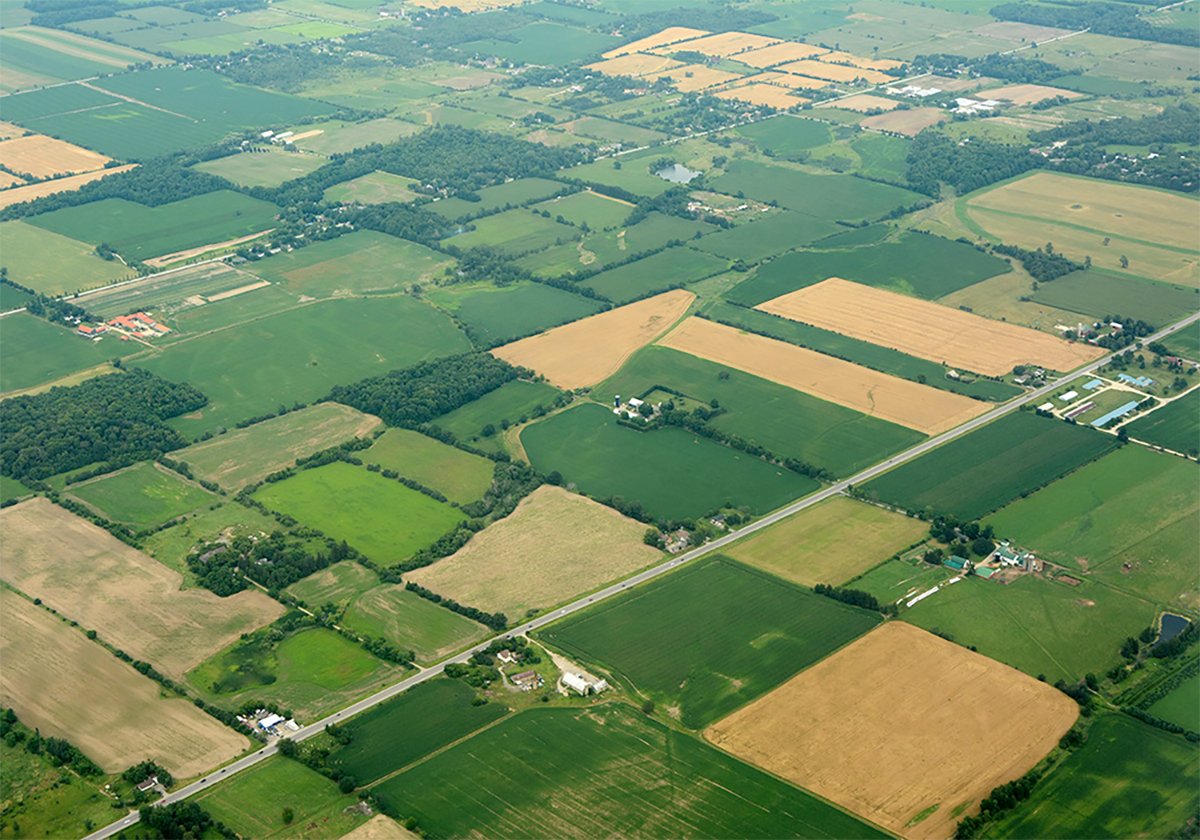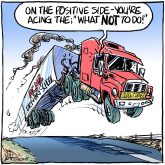This year marks the 100th anniversary of the historic Crowsnest Pass Agreement between Canada and the Canadian Pacific Railway. That 1897 agreement, enshrined in legislation, gave Prairie farmers some nine decades of moderate grain freight rates before it was finally erased.
The blessed CPR, however seems to have a strange idea of commemorating that centennial. Fresh from a winter of failing to meet west-coast grain unloading targets, it has announced plans to abandon over 1,100 kilometres of branch lines on the Prairies.
For the CPR, of course, that makes economic sense. The further they can get farmers to haul grain by truck, the lower their costs will be.
Read Also

Higher farmland taxes for investors could solve two problems
The highest education and health care land tax would be for landlords, including investment companies, with no family ties to the land.
Is there any limit to rail-line abandonment? After all, if they could rip out all the rail between Calgary and Winnipeg, making farmers deliver to those two points, their costs would presumably be even lower.
Meanwhile, of course, farmers’ trucking costs are rising and rural municipalities everywhere are already struggling to maintain roads.
Adding many thousands of tonne-miles of traffic to farmers’ costs and to those already-crumbling roads makes no sense from a wider economic perspective. As environmental and rural groups have argued for decades, rail is still the cheapest, most efficient way to move large quantities of grain.
But neither the CPR nor the CNR (which unveiled its own abandonment program last year) are responsible for maintaining farm trucks or rural roads. In an increasingly unregulated transportation market, they best serve their shareholders by cutting their own costs, even at others’ expense.
That’s why people like National Farmers Union vice-president Chris Tait are calling for some re-regulation.
“The choice here is not between a regulated system and the free market,” says Tait. “The choice is between a regulated monopoly and an unregulated monopoly.”
To put it another way, the two major railways should not have the ultimate power in determining the grain transportation system or the trucking costs to be loaded on rural taxpayers.
Many approaches could be taken, ranging from public ownership of railbeds to reducing obstacles to short-line railways.
Before anything can be done, however, the federal government must recognize that it has a continuing responsibility to ensure an economic and equitable grain transportation system.
That’s what farmers were promised when they lost the Crow Rate. And that’s what government should deliver.














